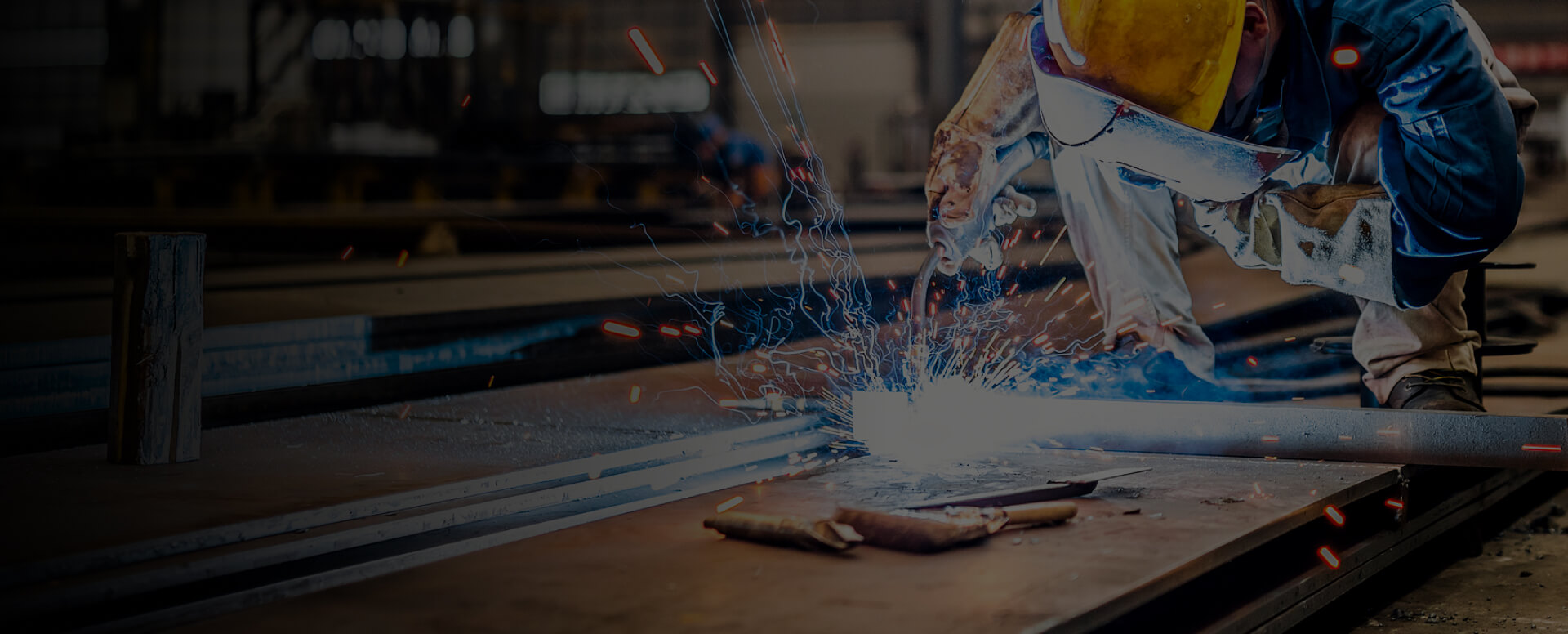
Underwater Plasma Cutting: Process, Safety, and Applications
How Underwater Plasma Cutting Works
Advantages of Underwater Plasma Cutting
Enhanced Safety: Water significantly reduces risks of fire, burns, and fumes. Noise Reduction: Acts as a natural sound dampener, lowering operational noise. Ideal for Hazardous Environments: Effective in explosive or high-risk settings. Specialized Applications: Essential for marine salvage, underwater repairs, and offshore construction.
Limitations and Challenges
High Complexity: Demands advanced equipment and highly trained operators. Elevated Costs: Setup and operational expenses exceed those of air-based plasma cutting. Reduced Precision: Water currents and limited visibility can affect cut accuracy. Technical Challenges: Includes managing water pressure, electrical safety, and material integrity.
Key Safety Measures for Underwater Plasma Cutting
Insulated diving suits to prevent electric shock. Full-face diving masks with communication systems. Heat-resistant gloves and reinforced footwear.
Pre-cut inspections of all equipment, especially insulation and seals. Emergency ascent systems and detailed rescue plans. Ground-fault circuit interrupters (GFCIs) and regular electrical checks.
Technical Challenges and Solutions
High pressure at depth can destabilize the plasma jet. Solution: Use pressure-resistant torch designs with advanced sealing.
Risk of electrocution in conductive water. Solution: Employ double or triple-insulated torches and strict grounding protocols.
Rapid cooling by water may cause hardening or distortion. Solution: Pre-heat materials or adjust cutting parameters to manage thermal stress.
Industrial Applications of Underwater Plasma Cutting
Used to cut shipwrecks or underwater structures for recovery. Enables precise metal separation without further damage.
Essential for oil rigs, pipelines, and underwater platforms. Allows on-site modifications without surfacing structures.
Removes damaged sections of hulls, pipes, or platforms before welding new parts. Integrates with underwater welding for efficient repairs.
Comparison: Air vs. Underwater Plasma Cutting
Conclusion
Related Articles

What is the typical cost of mig welding?
Understanding MIG Welding Costs: A Detailed BreakdownThe cost of MIG welding can vary significantly depending on the scale and complexity of the project. For small DIY tasks, expenses may be relatively low, with basic equipment ranging from 400 to 2000. In contrast, large commercial or industrial pr

Introduction To Plasma Cutting Torch
Components of a Plasma Cutter TorchA plasma cutting torch consists of several key parts, including the electrode, nozzle, swirl ring, shield, and electrical and gas supply components. Each plays a critical role in ensuring precise and efficient cutting.Core Components1. ElectrodeThe electrode serves

Can The Welder Perform Plasma Cutting?
Welding vs Plasma Cutting: Key Differences, Applications & CostsWelding and plasma cutting are fundamental metal fabrication processes, but they serve completely different purposes. While both use electrical arcs and heat, welding joins metals together, while plasma cutting separates them. Understan

Can A Plasma Cutter Burn Your Skin?
Yes, contact between a plasma cutter and skin will cause severe, immediate burns, resulting in deep tissue damage that requires urgent medical attention.The Science of Plasma Cutting: A Brief OverviewPlasma cutting is a process that utilizes a superheated, high-velocity stream of ionized gas (plasma

What Is The Basic Principle of Tig Welding?
TIG Welding: A Complete Guide to Equipment, Process & TechniquesTIG welding, also known as GTAW (Gas Tungsten Arc Welding), is a precision welding process that uses a non-consumable tungsten electrode to create an arc and shielding gas to protect the weld pool. This guide covers everything you need

Operating A Plasma Cutter: What Safety And Equipment Steps Are Key?
To operate a plasma cutter safely and effectively, you need a proper power source, appropriate safety gear, a well-ventilated workspace, necessary consumables, and a pre-cut checklist. This guide outlines the key requirements for plasma cutting, helping you achieve optimal results.Plasma Cutter Powe

